Smart Brand in Danger, Report Claims

Pick your jaw up off the floor. The Smart brand, officially spelled with a lowercase “s” that we can’t abide by, is now 20 years old, but seems destined to leave this earth before it has to start worrying about the big three-oh.
Smart’s development partner, Renault, is reportedly entertaining thoughts of leaving the relationship, opening the door to Smart’s death… or substitution.
Sources tell Automobile that Renault plans to hit the bricks once the current co-developed models run their course. Besides the familiar Smart Fortwo (the only model sold in North America), the Daimler-owned brand sells the four-seater Forfour overseas. The same architecture is used for the Renault Twingo, a more conventionally styled micro-mini city car.
Currently, Smart is in the process of converting both of its models to electric propulsion, though the Fortwo has already gone green in the U.S. and Canada (much to the detriment of its already paltry sales).
Should Renault get up and leave, that makes Smart’s future after 2026 mighty hazy. It’s possible that Daimler might keep the brand alive, or simply cull it altogether. A third option would see the parent company create a product offering in the Mercedes-Benz division to retain a presence in the tiny green car segment.
It’s worth noting, as Automobile does, that Chinese auto giant Geely owns a 9.7 percent stake in Daimler, and Geely knows a thing or two about developing and selling small electric cars. The possibilities created by Geely’s presence can’t be discounted.
Should the Smart name disappear from certain Mercedes-Benz dealers in the U.S. and Canada, little would change on North American roads. Through the end of September, Mercedes-Benz USA recorded 959 Smart Fortwo sales, down 63.6 percent over the same period last year. In Canada, Fortwo sales dropped 4.7 percent over the first nine months of 2018, for a total of 264 units.
The EPA rates the 2018 Smart EQ Fortwo’s range at 58 miles.
[Image: Daimler AG]

More by Steph Willems
Latest Car Reviews
Read moreLatest Product Reviews
Read moreRecent Comments
- RHD They are going to crash and burn like Country Garden and Evergrande (the Chinese property behemoths) if they don't fix their problems post-haste.
- Golden2husky The biggest hurdle for us would be the lack of a good charging network for road tripping as we are at the point in our lives that we will be traveling quite a bit. I'd rather pay more for longer range so the cheaper models would probably not make the cut. Improve the charging infrastructure and I'm certainly going to give one a try. This is more important that a lowish entry price IMHO.
- Add Lightness I have nothing against paying more to get quality (think Toyota vs Chryco) but hate all the silly, non-mandated 'stuff' that automakers load onto cars based on what non-gearhead focus groups tell them they need to have in a car. I blame focus groups for automatic everything and double drivetrains (AWD) that really never gets used 98% of the time. The other 2% of the time, one goes looking for a place to need it to rationanalize the purchase.
- Ger65691276 I would never buy an electric car never in my lifetime I will gas is my way of going electric is not green email
- GregLocock Not as my primary vehicle no, although like all the rich people who are currently subsidised by poor people, I'd buy one as a runabout for town.
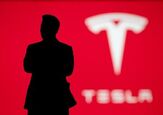
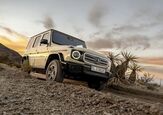
















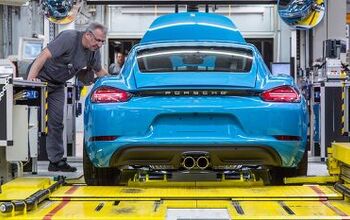
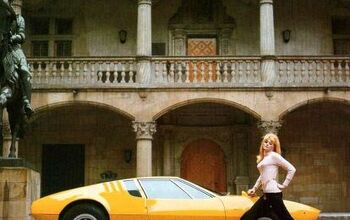
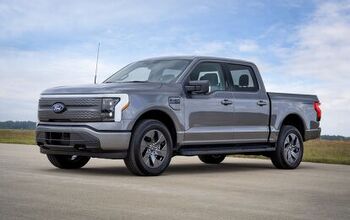

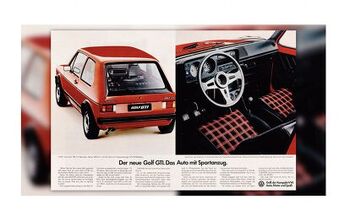

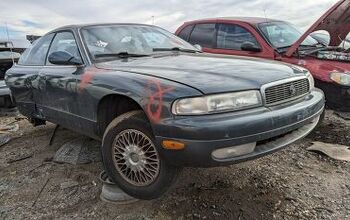


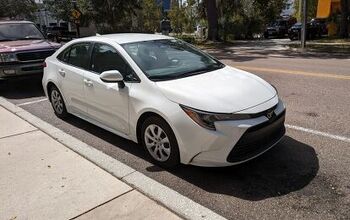
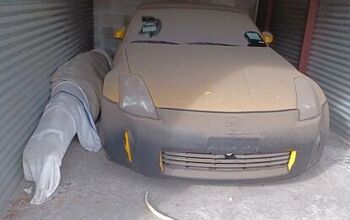
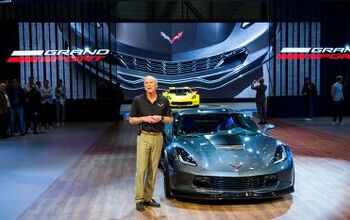
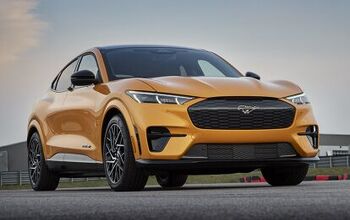
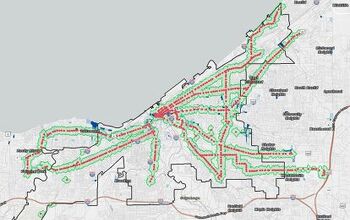
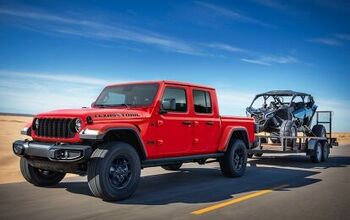

Comments
Join the conversation
Smart has never made a decent product. The cars have always been unreliable and have poor fuel economy for their class. I'm surprised the brand's survived this far.
Smart could always replace it with its platform mate the roomier Renault Twingo. I’ve always had a soft spot for the roadster version that we never received in the states. It’s nearing the 25 year make for importation.